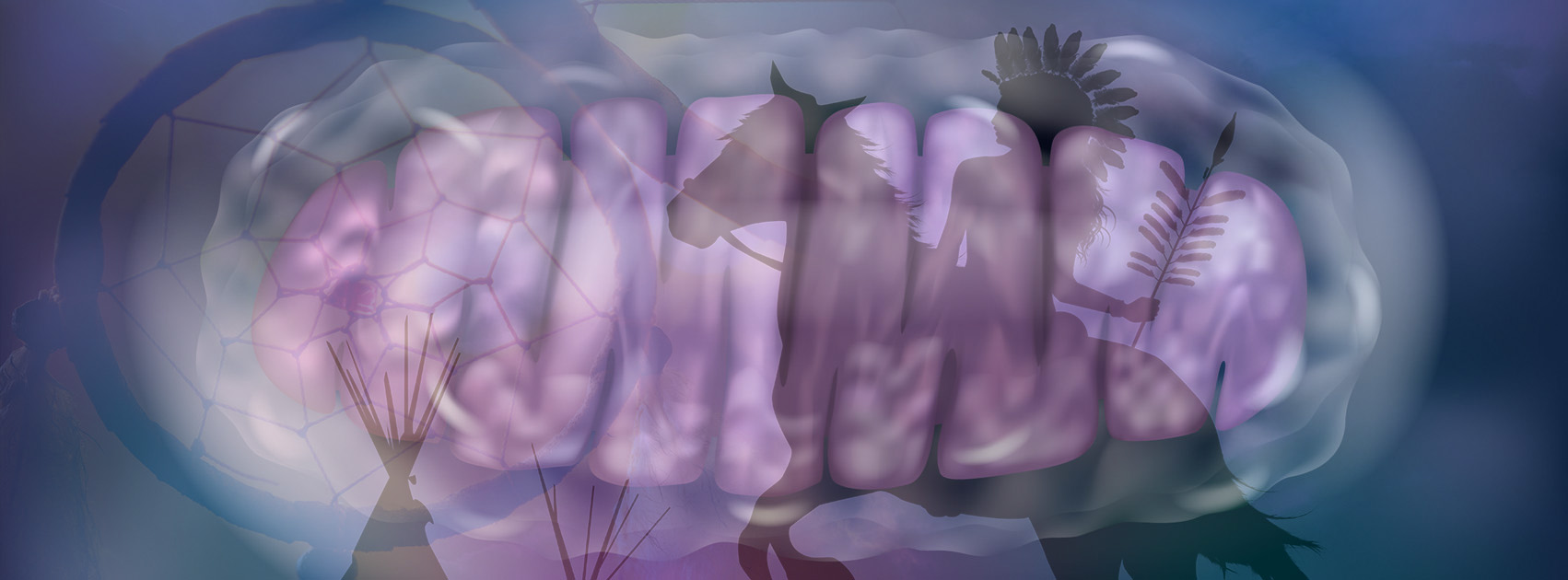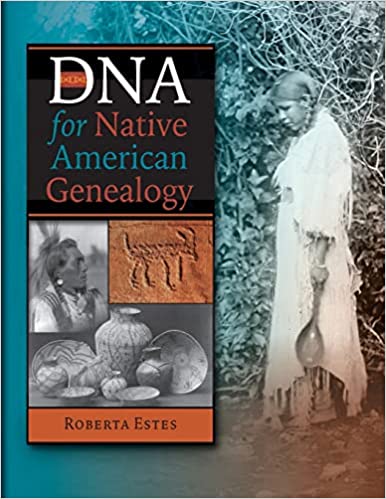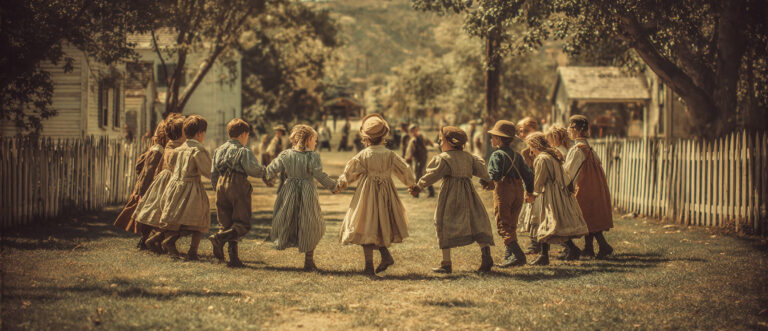
Mitochondrial DNA Tests Disclose Ancient and Modern Indigenous Ancestry
For decades, archeologists and anthropologists have posited that migrants from East Asia populated the Americas by navigating seaworthy crafts in the Pacific Ocean or by crossing over the Bering Sea land bridge that used to connect Asia and Alaska. In recent years genetic testing has confirmed these theories by revealing the existence of haplogroups that are shared in prehistoric remains (ancient) and among contemporary persons (modern). DNA testing and analysis has also enabled scientists to plot specific migration patterns from Asia to the Americas.
Roberta Estes, author of DNA for Native American Genealogy defines a Haplogroup as follows: “For Y and mitochondrial DNA, a group of people who share specific mutations that place them in a common genetic clan. Haplogroups, based on a series of mutations, can be traced forward and backward in time.” In other words, individuals whose mitochondrial DNA test results (think, matrilineal descent) reveal a particular strand of DNA that is unique to them and to certain indigenous Americans and/or certain East Asians (modern or ancient) can be said to possess Native American Ancestry.
Ms. Estes, who is both a geneticist and genealogist, has written at length about the various Native American haplogroups in her new book and in her popular blog, DNA-Explained. She writes that we derive our understanding of the various haplogroups from academic publications, thousands of National Geographic Genographic Project testers, various Native American DNA projects conducted by FamilyTreeDNA, and DNA samples uploaded to GenBank. Geneticists have given letter titles to these haplogroups (A, A2, C, X) and to the subclades, or subgroups, who possess additional defining mutations. Here is a partial list from DNA for Native American Genealogy that illustrates the relationship between Native American tribes and identified haplogroups.




